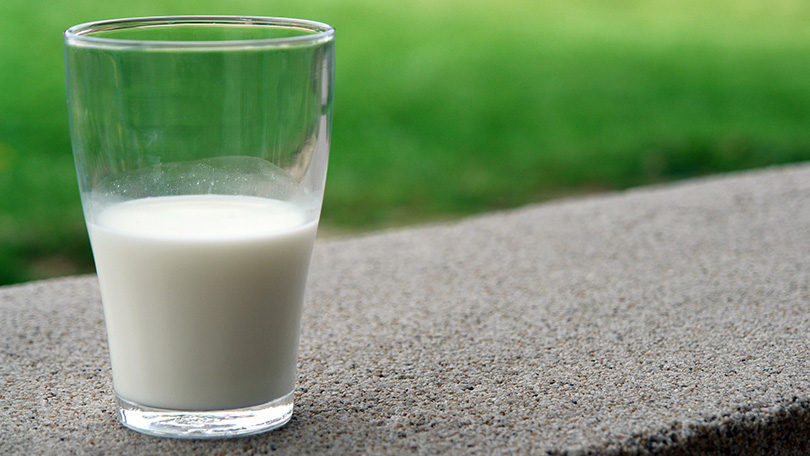
On a worldwide basis, more people drink the milk of goats than any other single animal. A dairy doe should be milked in the same manner as a dairy cow, using good dairy hygiene. Does may be milked by hand or machine. The milk requires the same careful attention to cleanliness and cooling as any other milk.
Goat milk has a more easily digestible fat and protein content than cow milk. The increased digestibility of protein is of importance to infant diets (both human and animal), as well as to invalid and convalescent diets. Furthermore, glycerol ethers are much higher in goat than in cow milk which appears to be important for the nutrition of the nursing newborn.
Goat milk tends to have a better buffering quality, which is good for the treatment of ulcers.
Goat milk can successfully replace cow milk in diets of those who are allergic to cow milk.
The natural homogenization of goat milk is, from a human health standpoint, much better than the mechanically homogenized cow milk product. It appears that when fat globules are forcibly broken up by mechanical means, it allows an enzyme associated with milk fat, known as xanthine oxidase to become free and penetrate the intestinal wall. Once xanthine oxidase gets through the intestinal wall and into the bloodstream, it is capable of creating scar damage to the heart and arteries, which in turn may stimulate the body to release cholesterol into the blood in an attempt to lay a protective fatty material on the scarred areas. This can lead to arteriosclerosis.
Many dairy goats, in their prime, average 6 to 8 pounds of milk daily (roughly 3 to 4 quarts) during a ten-month lactation, giving more soon after freshening and gradually dropping in production toward the end of their lactation. The milk generally averages 3.5 percent butterfat. A doe may be expected to reach her heaviest production during her third or fourth lactation.
Products
Goat milk is used for drinking, cooking and baking. It is used to make cheese, butter, ice cream, yogurt, candy, soap and other body products. Goat milk is whiter than whole cow milk. Butter and cheese made from goat milk are white, but may be colored during processing. Due to its small fat globules and soft small curd, products made with goat milk are smooth and cream-like. Goat milk is also naturally emulsified.
Chevre is the French word for goat. Domestically, it is a generic term that applies to all goat cheeses, and more specifically the mild fresh cheeses.
The three fatty acids which give goat products their distinctive flavor are capric, caprylic and caproic.